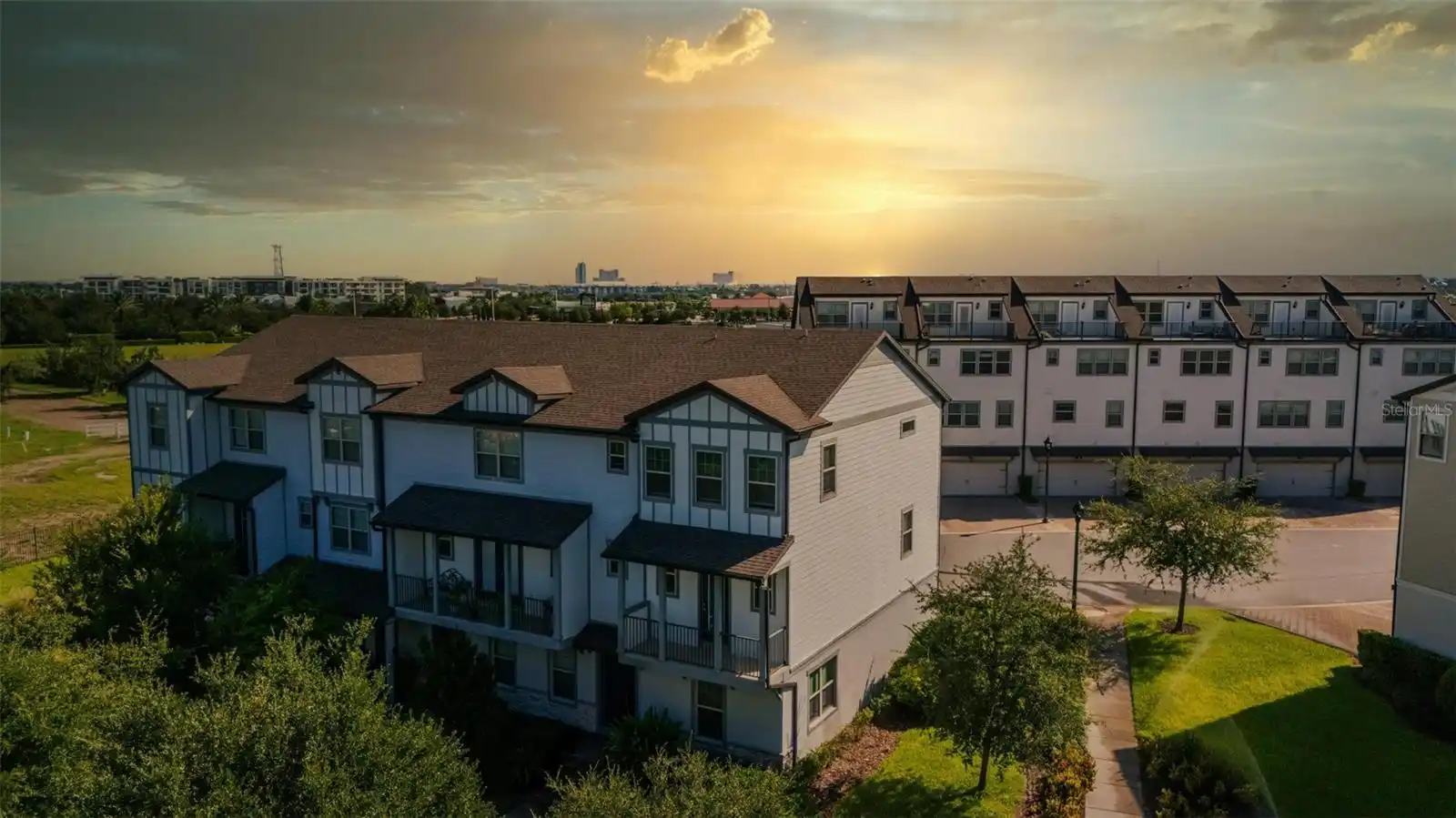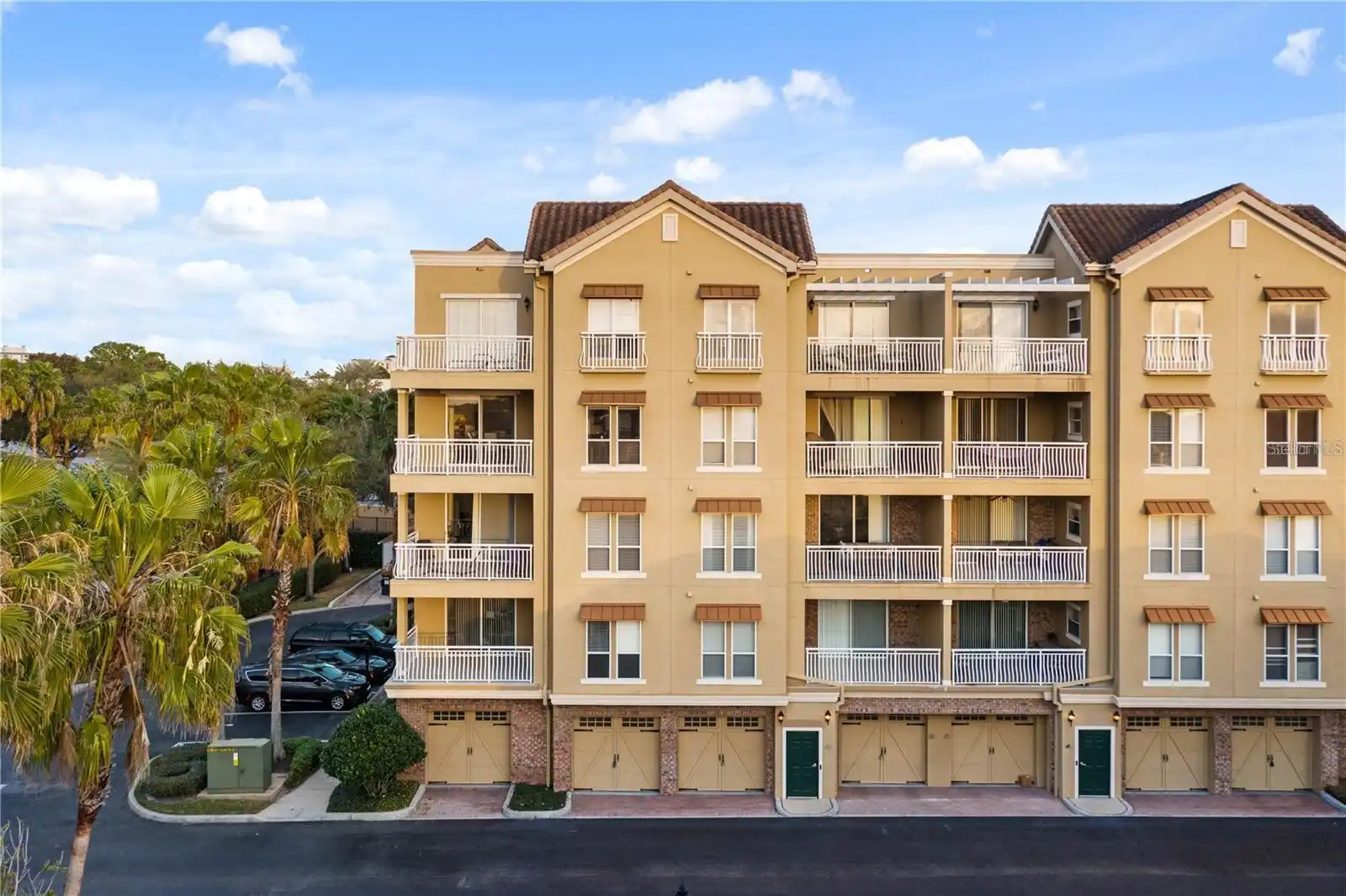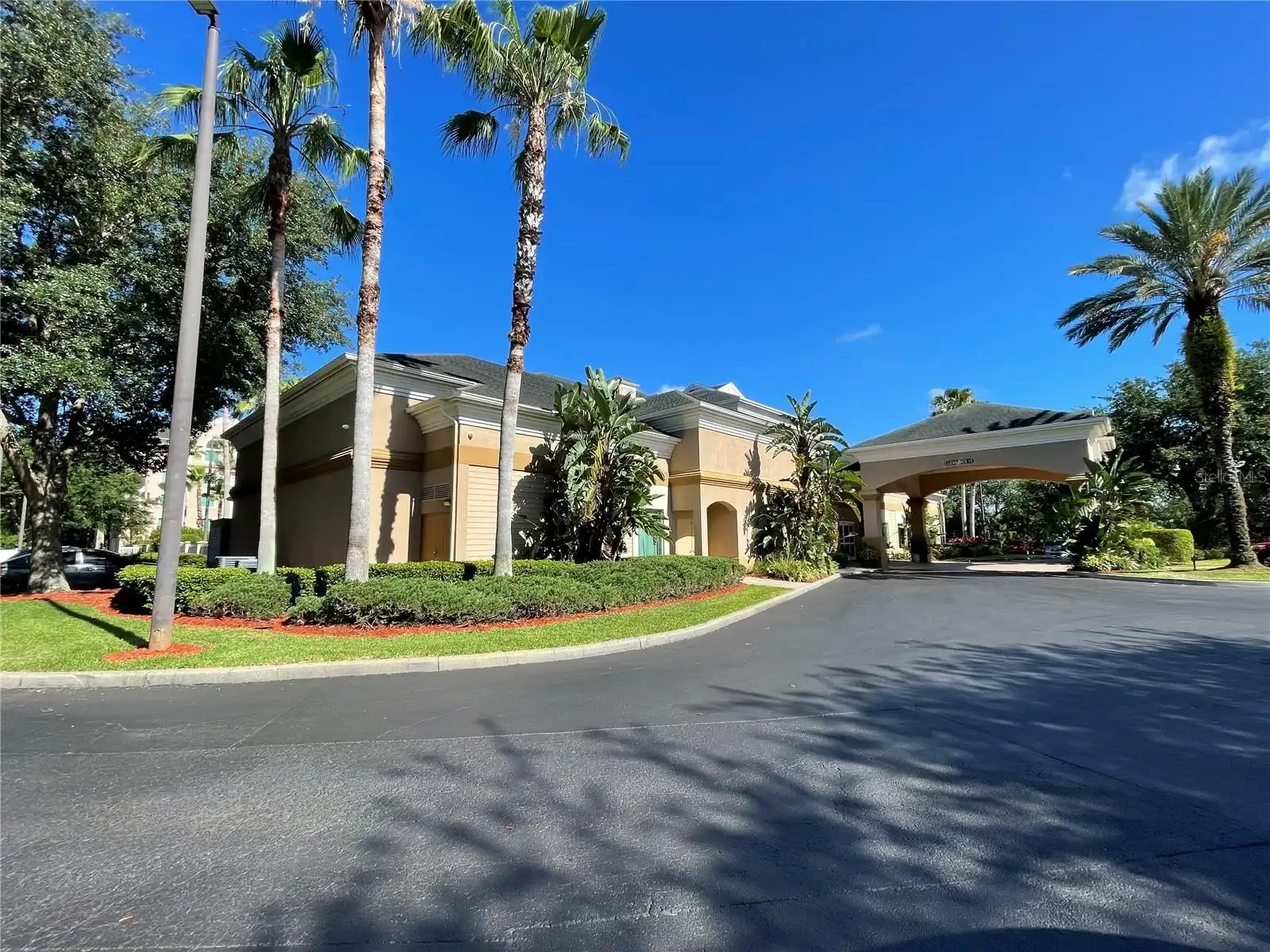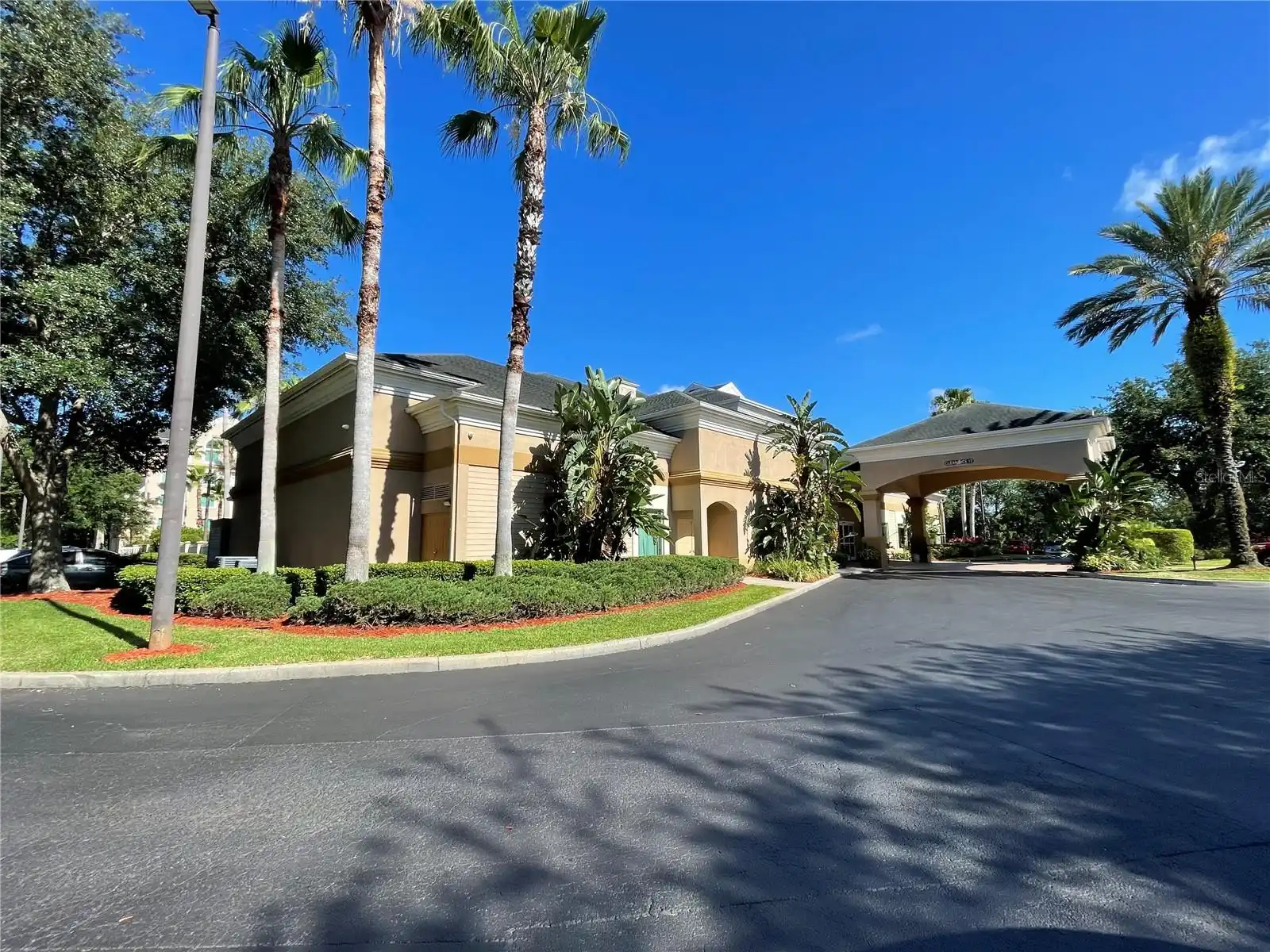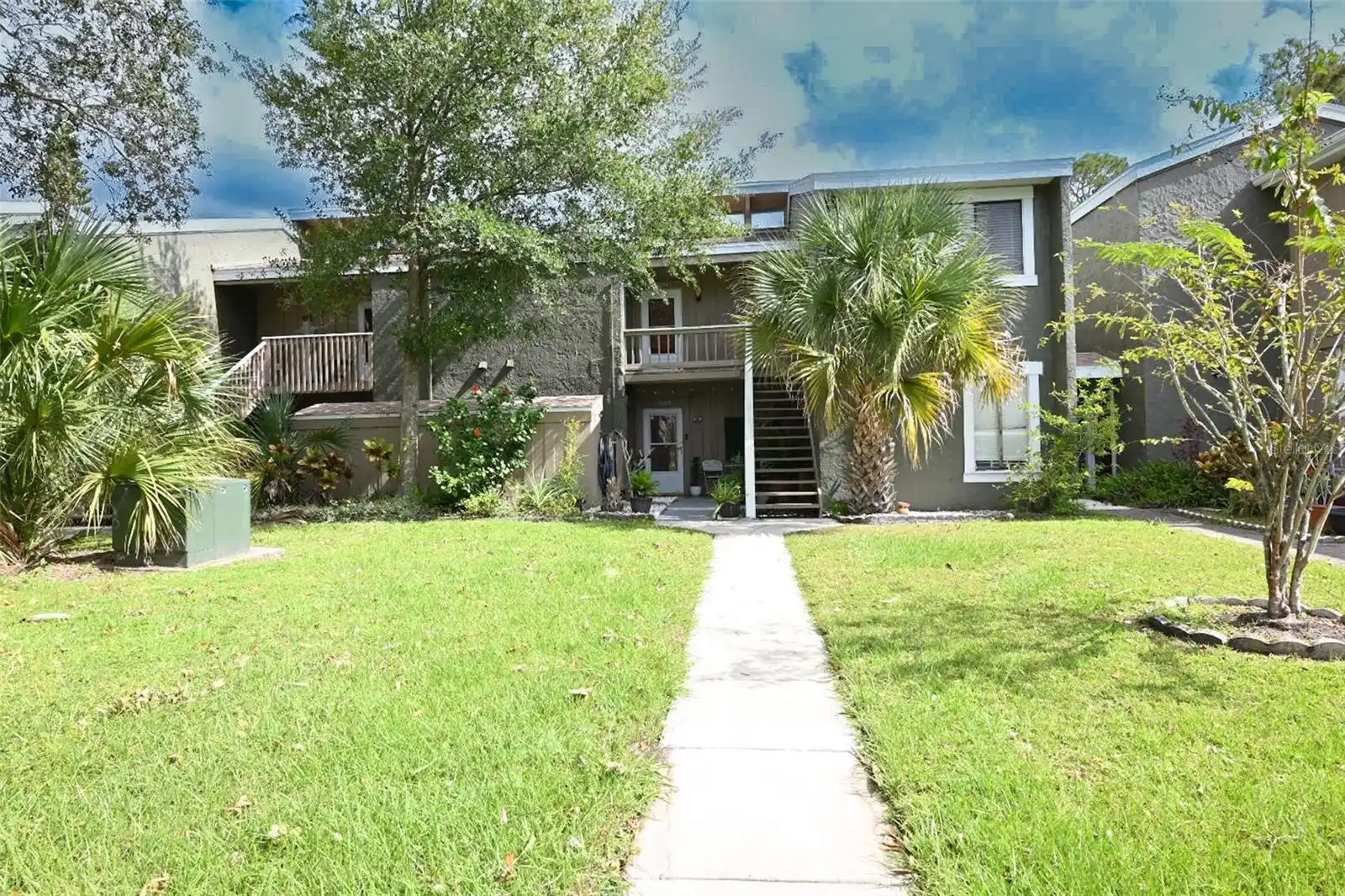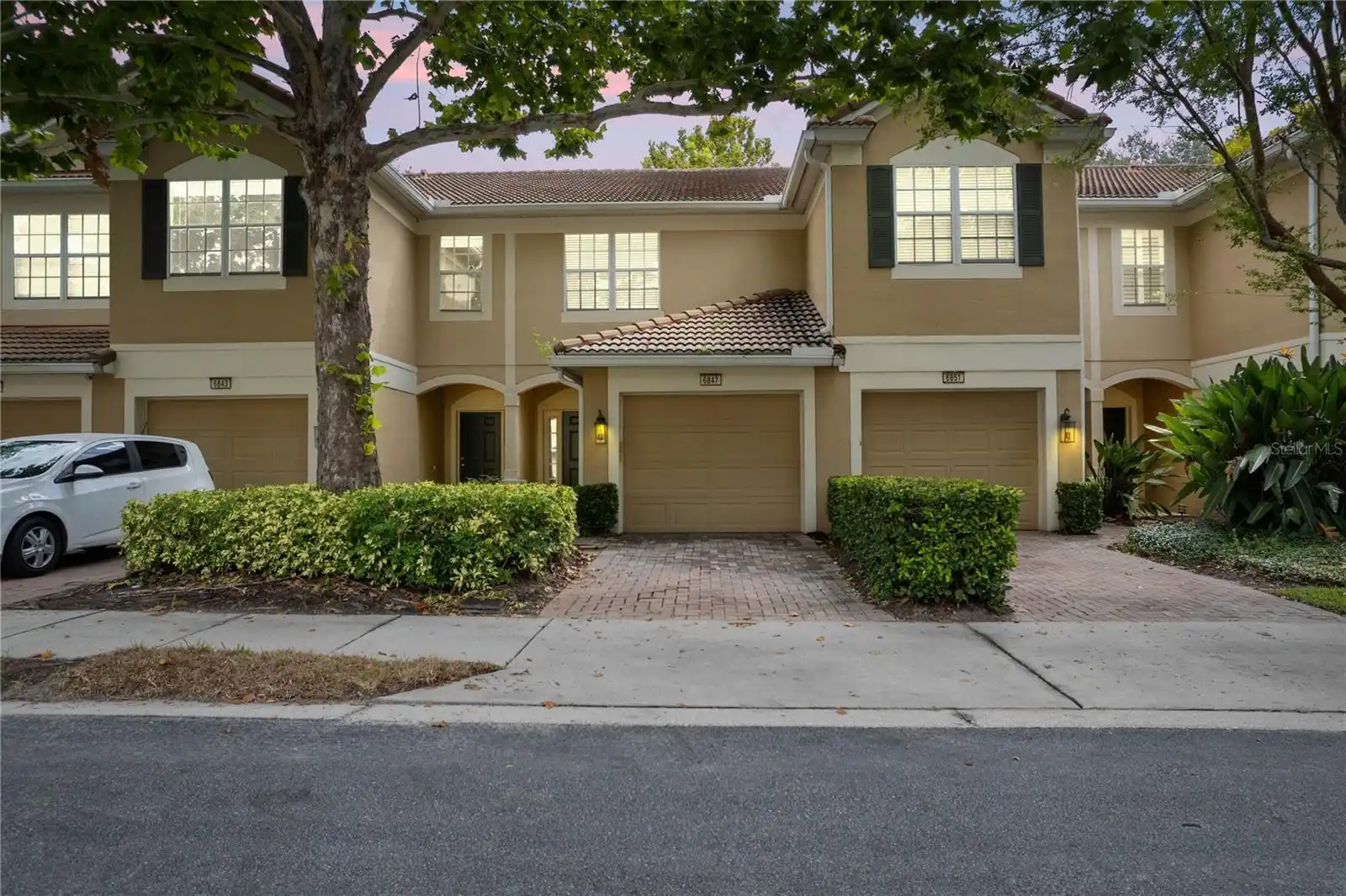WHAT IS INFLATION
Many ask the question, what is inflation? To define inflation there are several facets. Inflation is the rate at which the general level of prices for goods and services rises, eroding purchasing power. It indicates how much more expensive a set of goods and services has become over a certain period, typically expressed as a percentage. Here we have various factors explained, demand-pull inflation which occurs when demand for goods and services exceeds supply, leading to higher prices. Cost-push inflation happens when the cost of production increases due to rising wages or raw material prices promoting businesses to raise prices to maintain profit margins. Built-In Inflation is linked to adaptive expectations, where businesses and workers expect prices to rise, leading to wage increases that further drive up costs.
Monetary policy with central banks that control the money supply and interest rates is a common factor that contributes to inflation. Supply chain disruptions can severely harm inflation caused by natural disasters , pandemics or geopolitical tensions that leads to shortages and increased prices for goods or services. Fiscal policies along with government spending and tax policies can influence inflation. Increased government spending can boost demand, while tax cuts can leave consumers with more disposable income, both potentially leading to inflationary pressures.
Changes in imported inflation and prices of imported goods often due to fluctuations in currency value or global commodity prices can contribute to domestic inflation. If the cost of imports rises, it can lead to higher prices for consumers.
SAVING MONEY
By saving money can impact the value of saving accounts over time by eroding the purchasing power of the money saved. Here is how this works, to understand reduced revalue in detail a bit more. If the interest rate earned on a savings account is lower than the inflation rate, the real value of the savings decreases. For example if you have 1,000 in a savings account earning 1% interest, but inflation is at 3%, your money effectively loses value. After a year, you would have 1,10, but it would only buy what 970.00 could buy a year earlier. Opportunity cost is understood by keeping money in a low interest savings account during periods of high inflation can lead to missed opportunities for investments in assets that might outpace inflation, such as stocks or real estate.
Inflation expectations happens if people expect inflation to rise, they may seek alternative investments that offer higher returns, further diminishing the attractiveness of savings accounts. This ties in with behavioral changes that may lead to higher inflation that changes consumer behavior, as people may spend their money more quickly rather than saving it, further impacting savings rates.
All listing information is deemed reliable but not guaranteed and should be independently verified through personal inspection by appropriate professionals. Listings displayed on this website may be subject to prior sale or removal from sale; availability of any listing should always be independent verified. Listing information is provided for consumer personal, non-commercial use, solely to identify potential properties for potential purchase; all other use is strictly prohibited and may violate relevant federal and state law.
The source of the listing data is as follows:
Stellar MLS (updated 11/21/24 4:28 AM) |

